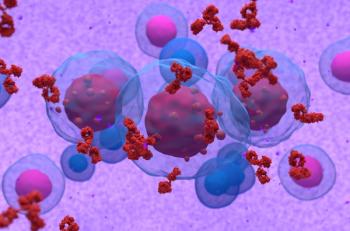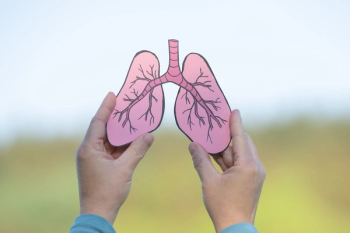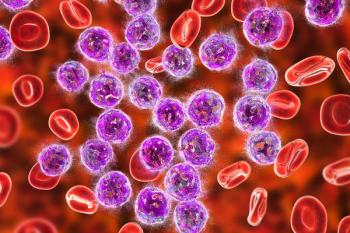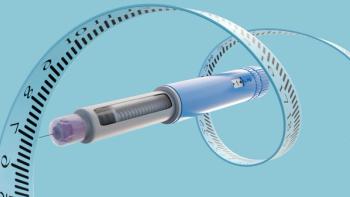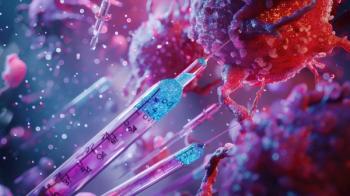
Treatments to Improve Portal Hypertension in Patients With HIV/HCV Coinfection
Patients who have both HIV and hepatitis C, and also have portal hypertension, are a very special concern.
The hepatitis C virus (HCV) is a chronic problem for more than 185 million people globally. Infection with HCV often leads slowly and progressively to liver fibrosis and cirrhosis, hepatocellular carcinoma, and in some cases, death. Portal hypertension (PHT) is also a problem.
Patients who have human immunodeficiency virus (HIV) infection are at elevated risk for HCV. Twenty-five to 30% of American patients with HIV also have HCV, which explains in large part why liver disease is the third most common cause of death in patients with
Due to these patients' disease status and numerous medications, infectious disease experts consider patients who are coinfected with HIV and HCV a special population. Use of the traditional interferon-based protocols for these patients has not been as successful as it is in patients with HCV only.
Coinfected patients also tend to decline more rapidly than others. Immunologic status, drug—drug interactions, and faster fibrosis progression have been barriers to care. Patients who have both HIV and HCV and who also have PHT are a very special concern.
Researchers from Vienna have published a study in Alimentary Pharmacology and Therapeutics that assessed interferon-free therapy's effects on portal pressure, liver histology, and plasma biomarkers in patients who have both HIV and HCV-and also live with PHT.
This small study (N=22) enrolled patients with paired hepatic venous pressure gradient (HVPG) measurements prior and after successful treatment (SVR) with interferon-free regimens.
Patients who successfully completed interferon-free therapy tended to have lower HVPGs; overall, it decreased from 10.7 mmHg to 7.4 mmHg on average after HCV treatment.
The researchers defined clinically significant PHT as HVPG exceeding 10 mmHg (n = 11). These patients had clinically significant improvements also, with HVPG falling 14.1 mmHg to 10.4 mmHg. Almost three-quarters of these patients had positive hemodynamic responses.
Liver health improved in all patients, as measured by improved portal pressure and liver stiffness, and improved Child—Pugh stage.
The authors concluded that interferon-free therapy reduces PHT and halts necroinflammatory progression in most HIV/HCV-coinfected patients after SVR. They observed recompensation of liver function in several patients with cirrhosis. They indicated that in the future, biomarkers could identify patients with persisting hepatic necroinflammation.
Reference
Schwabl P, Mandorfer M, Steiner S, et al. Interferon-free regimens improve portal hypertension and histological necroinflammation in HIV/HCV patients with advanced liver disease. Aliment Pharmacol Ther. 2017;45(1):139-149.
Newsletter
Stay informed on drug updates, treatment guidelines, and pharmacy practice trends—subscribe to Pharmacy Times for weekly clinical insights.

